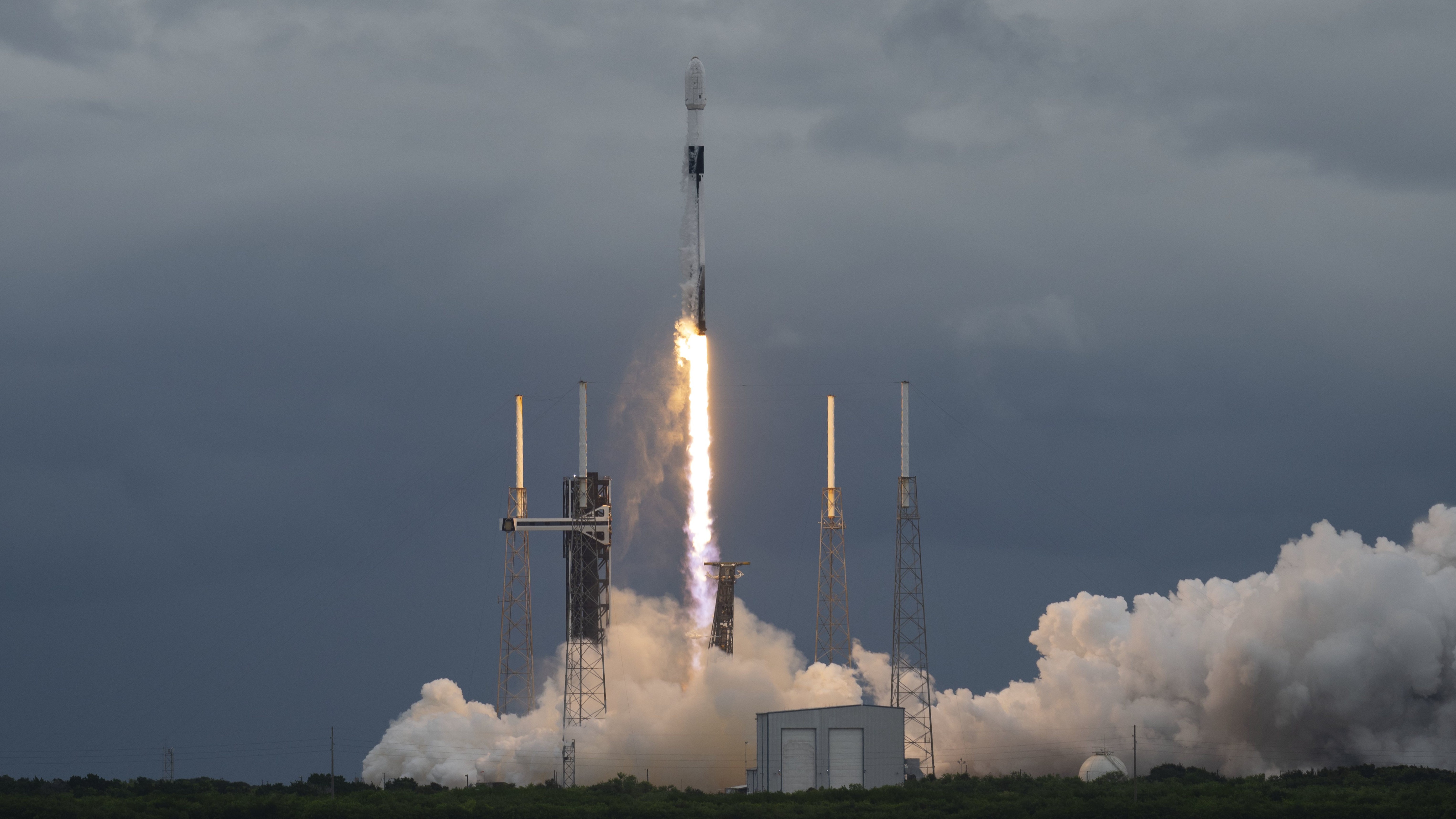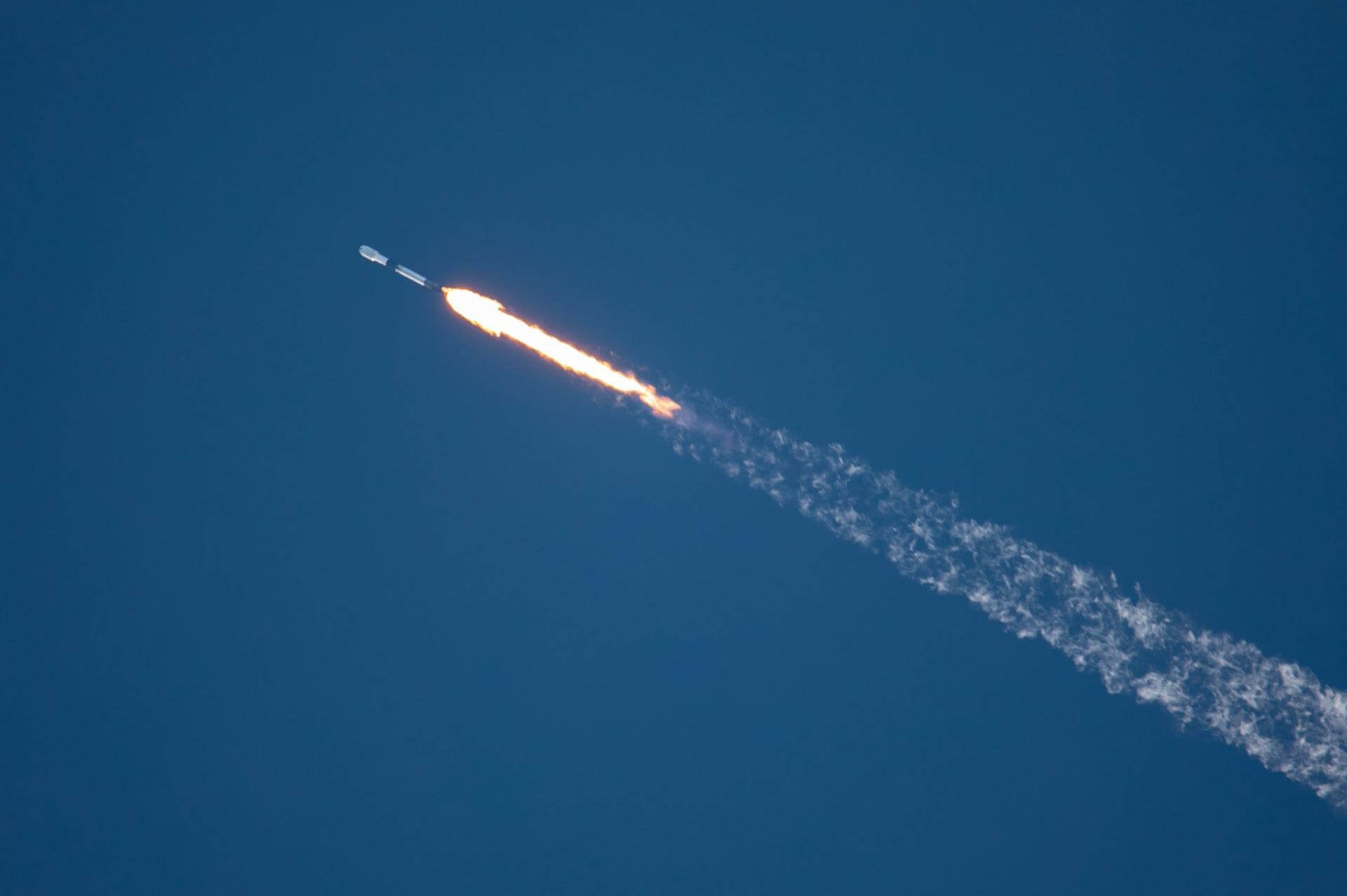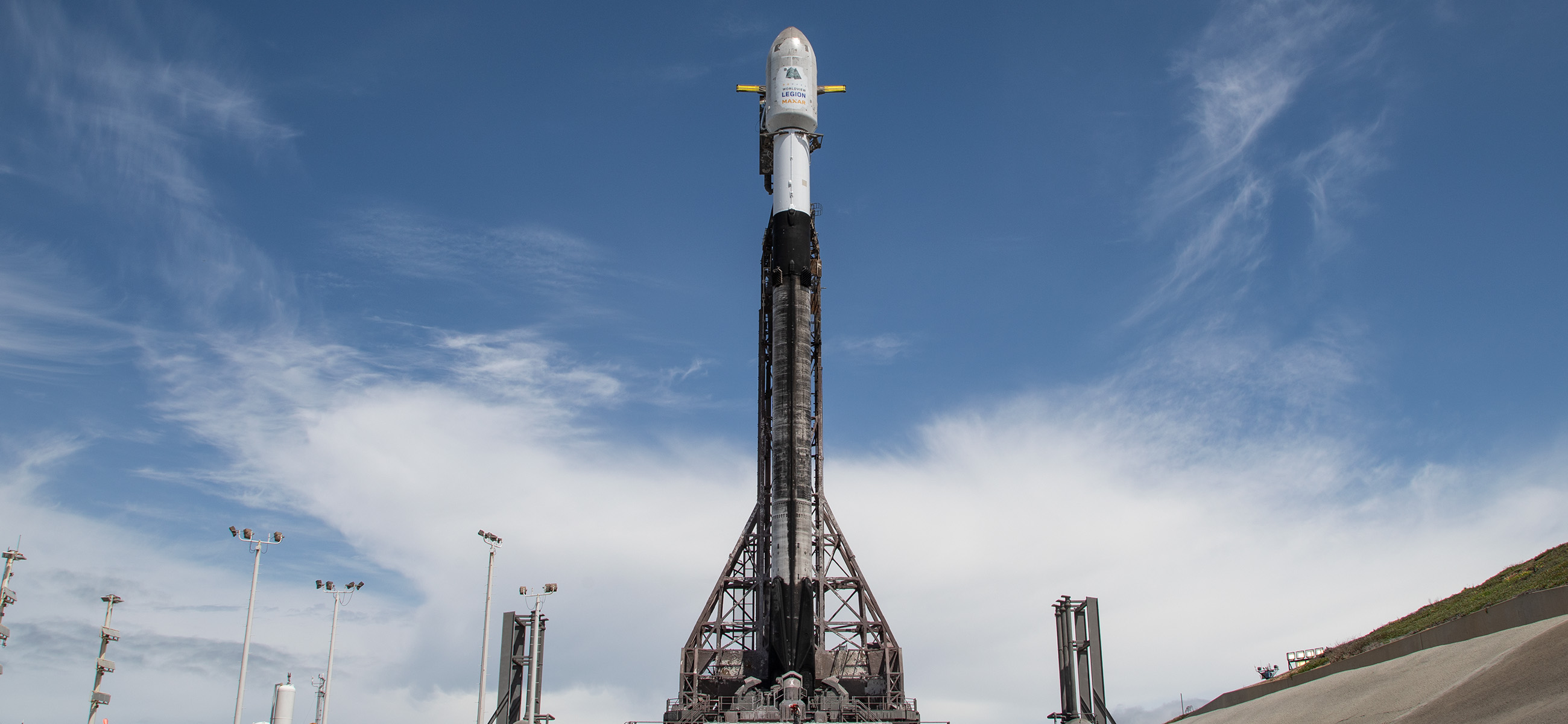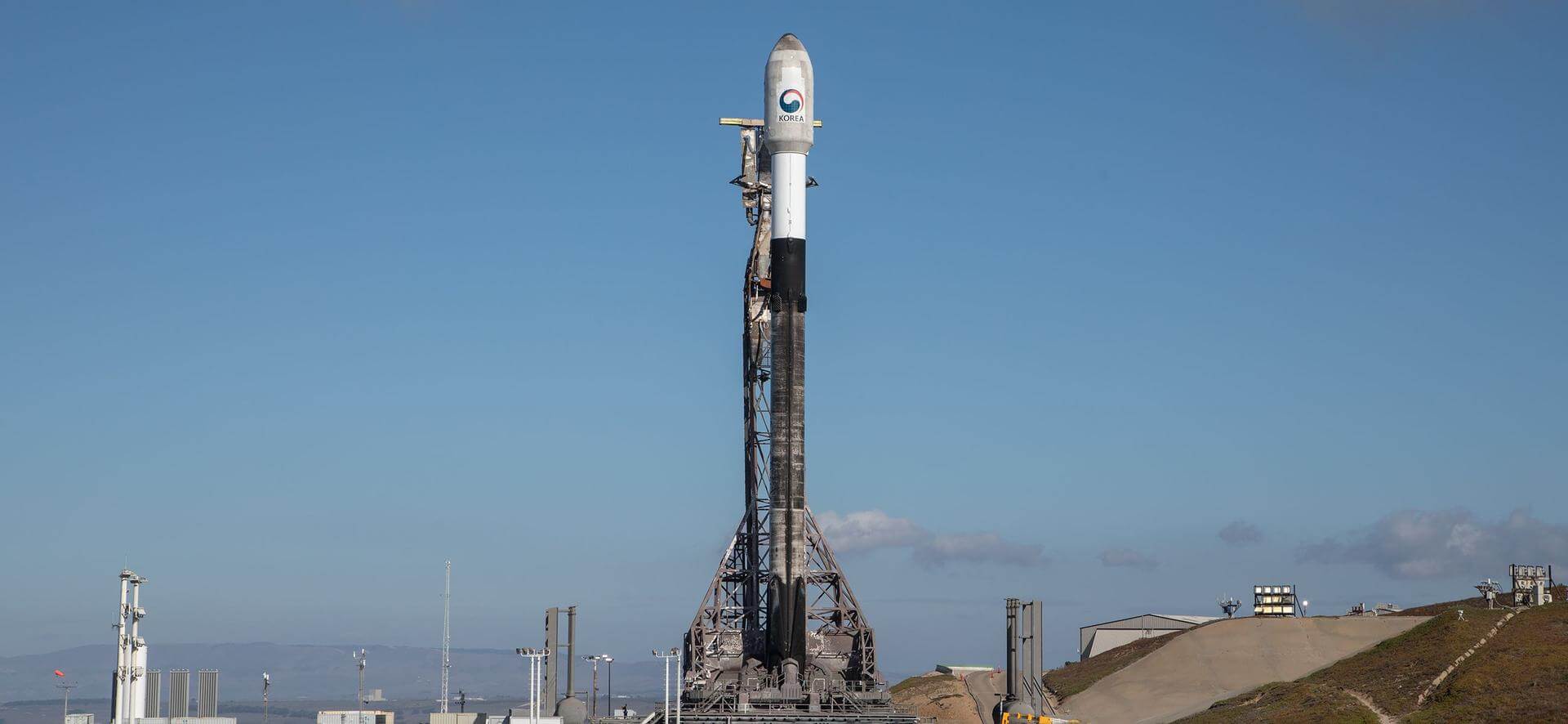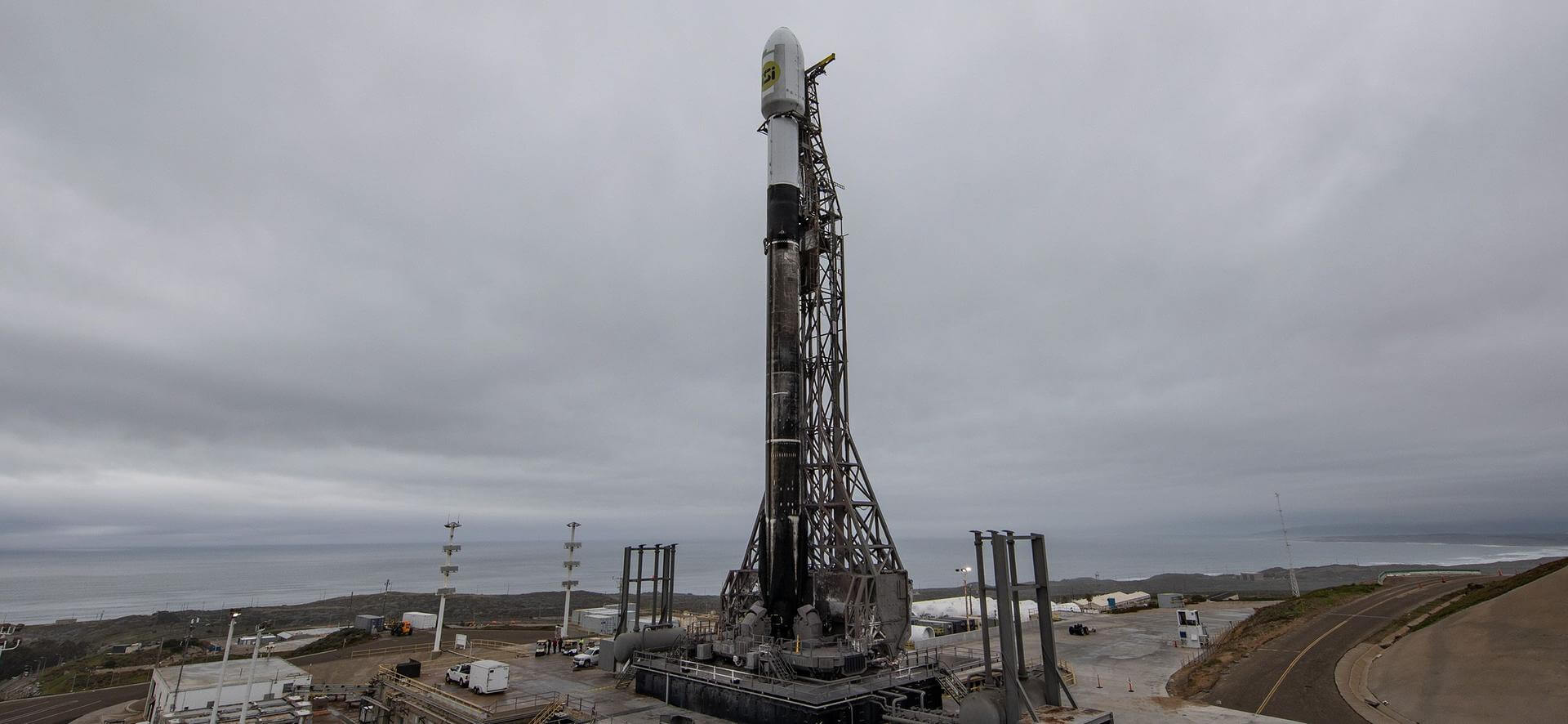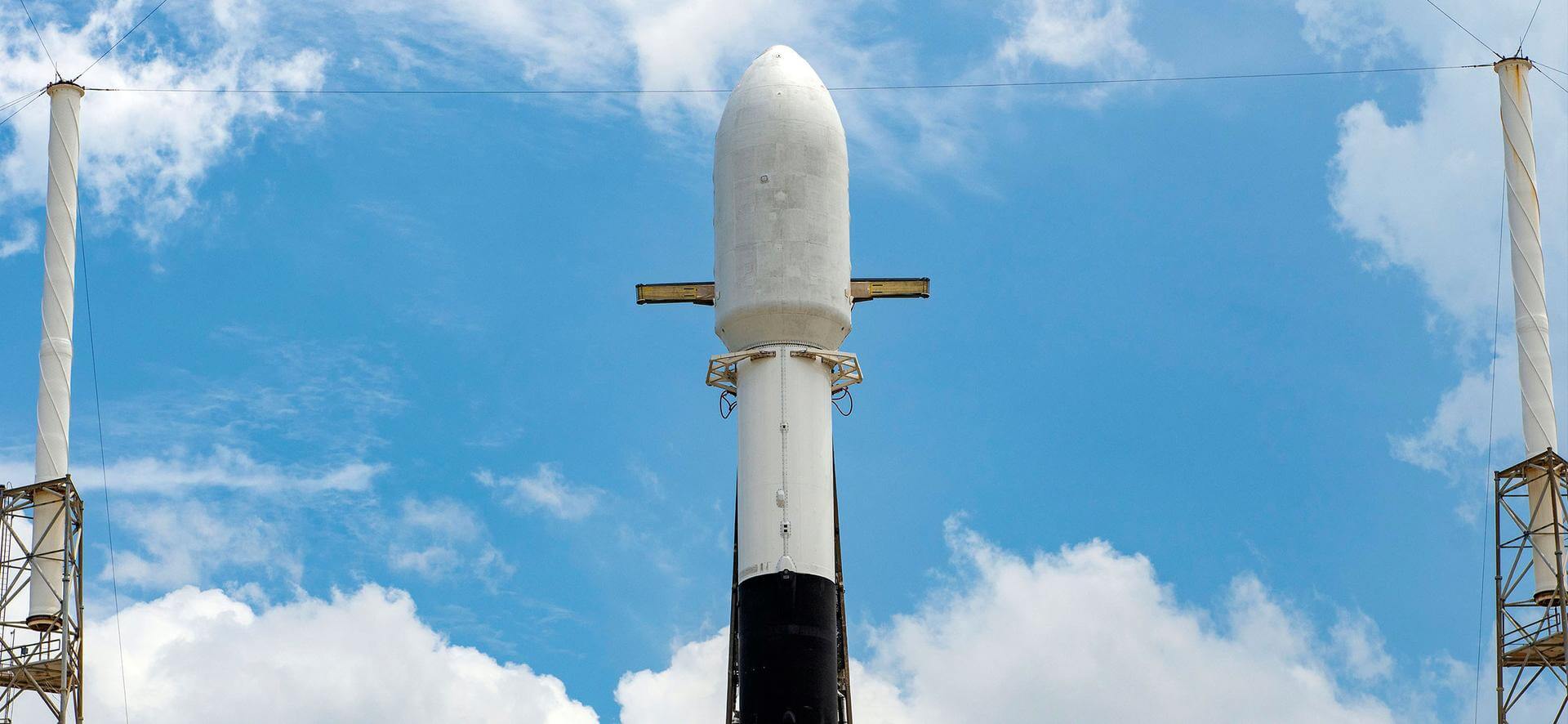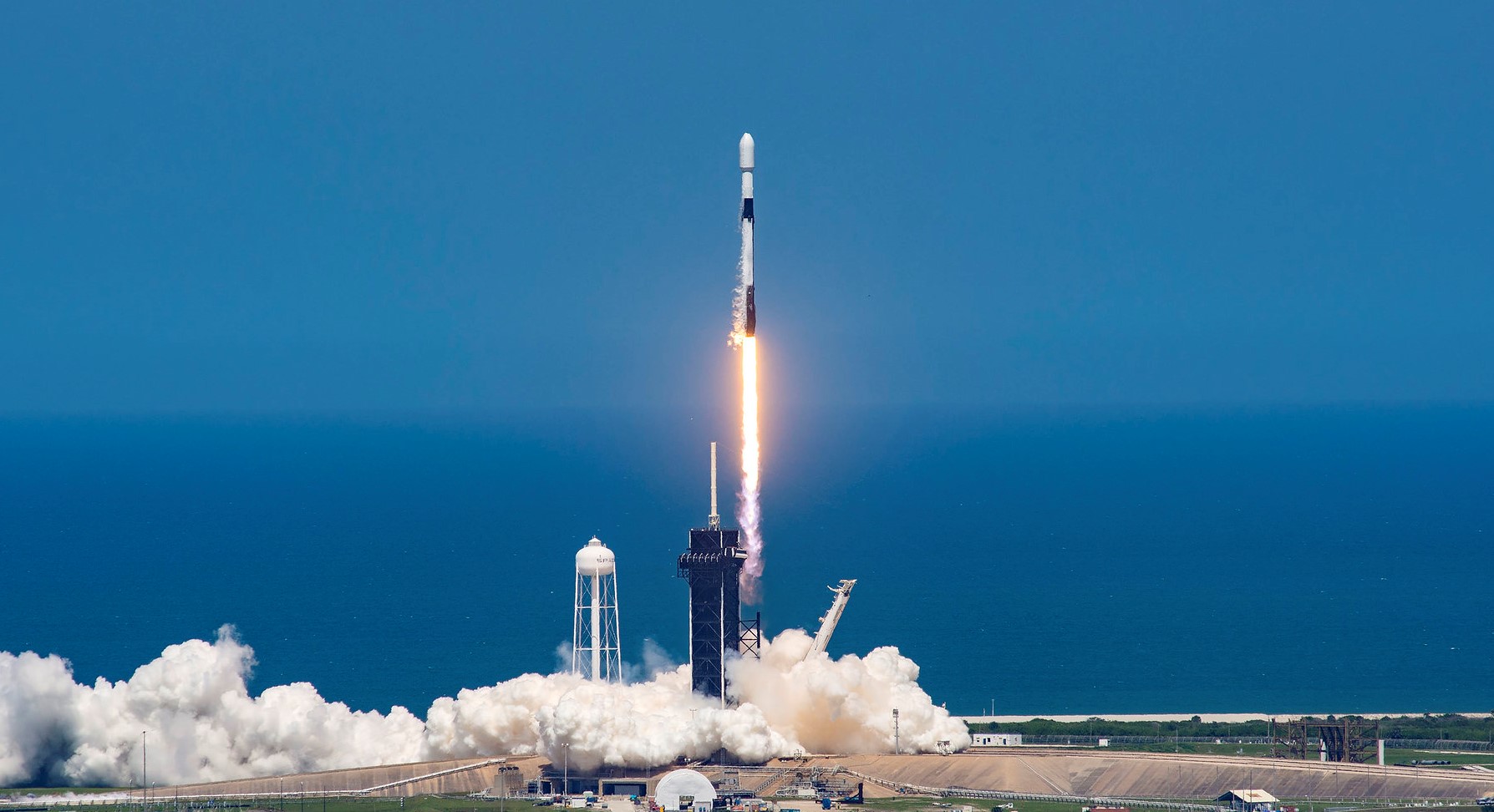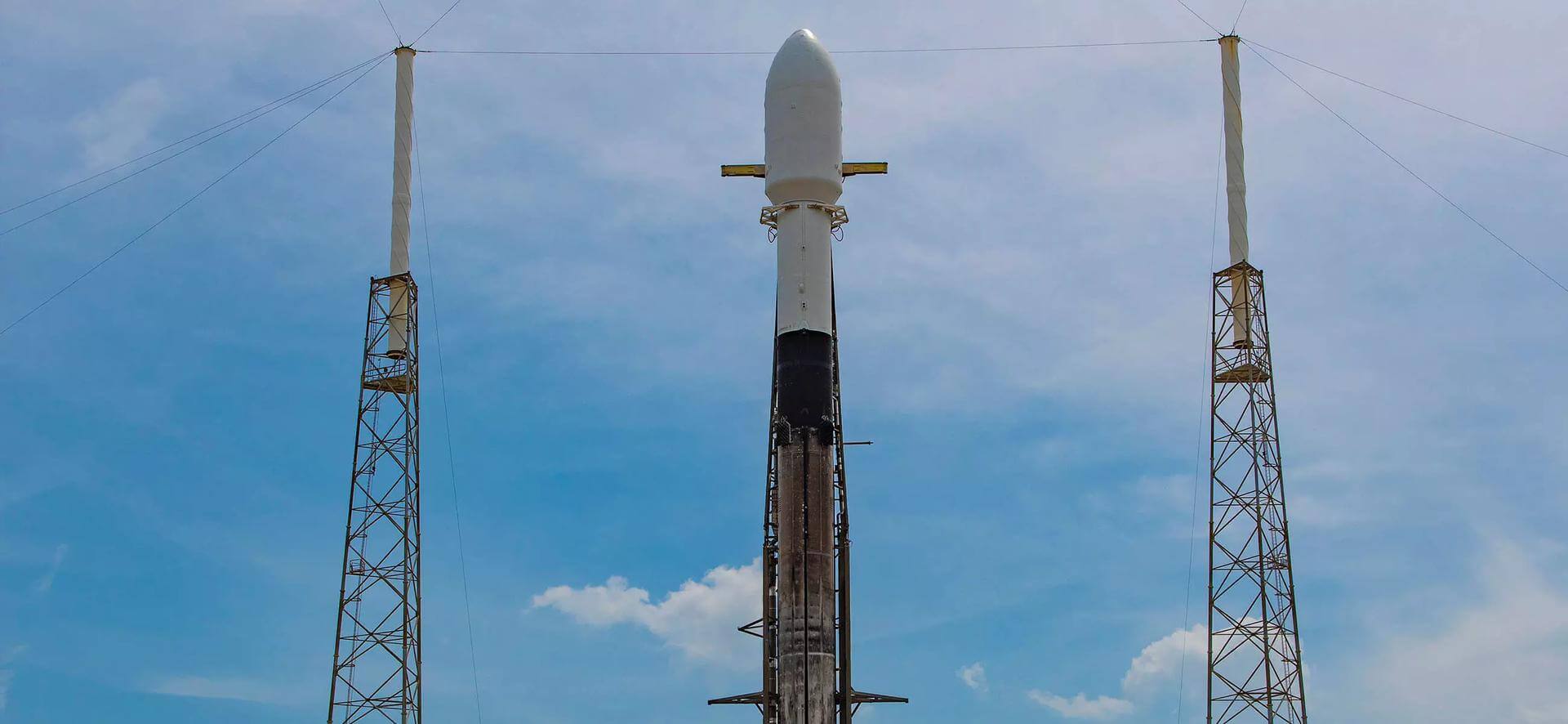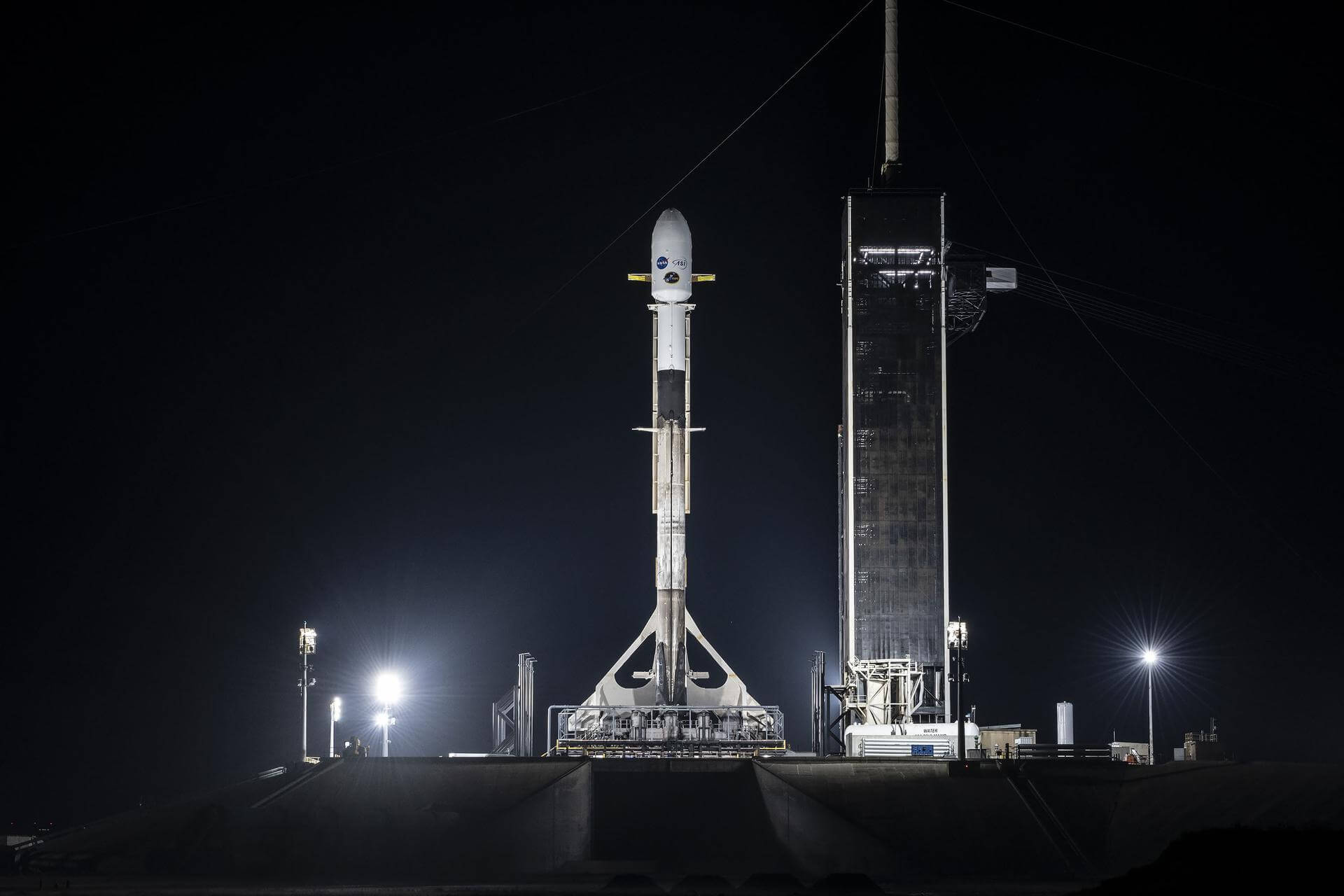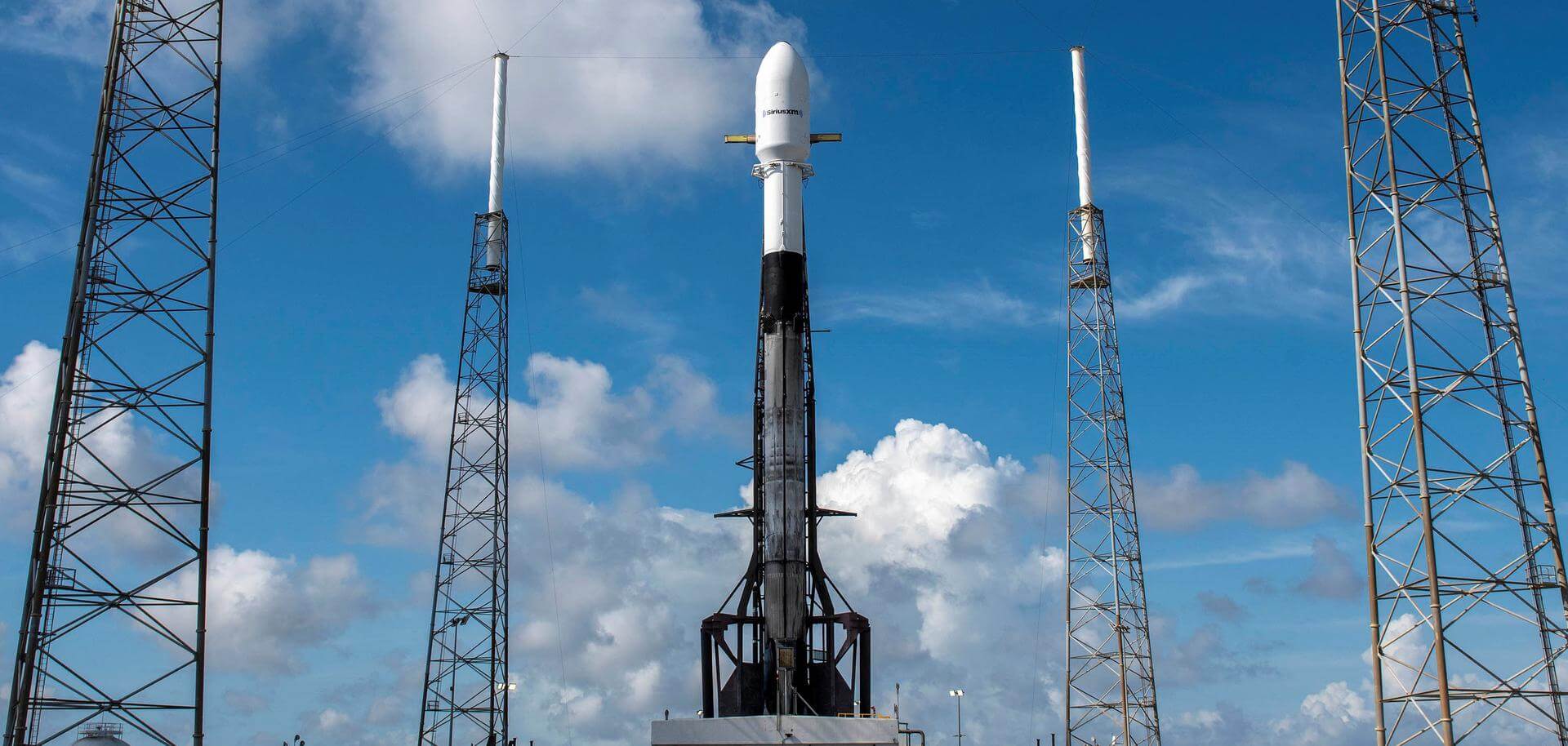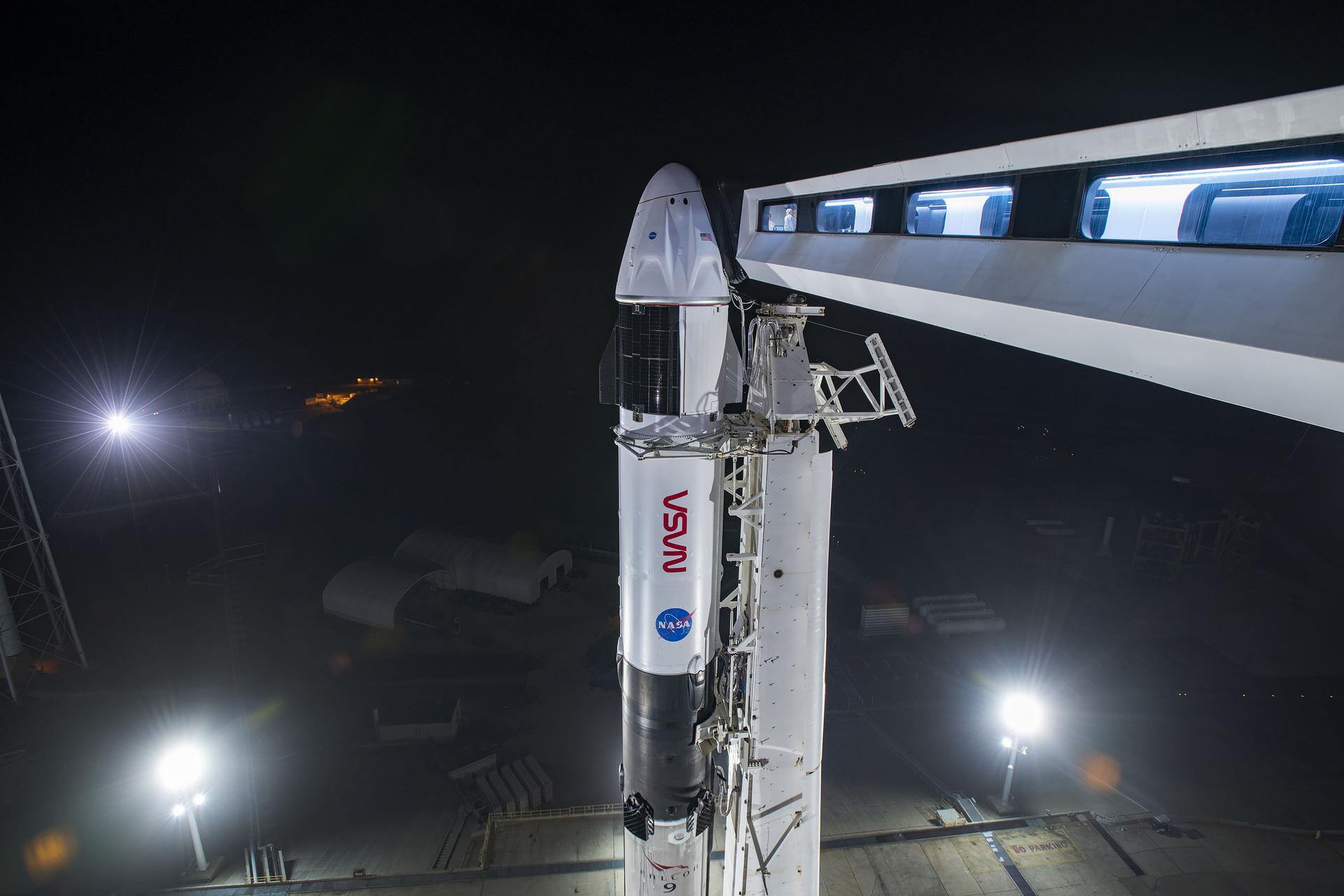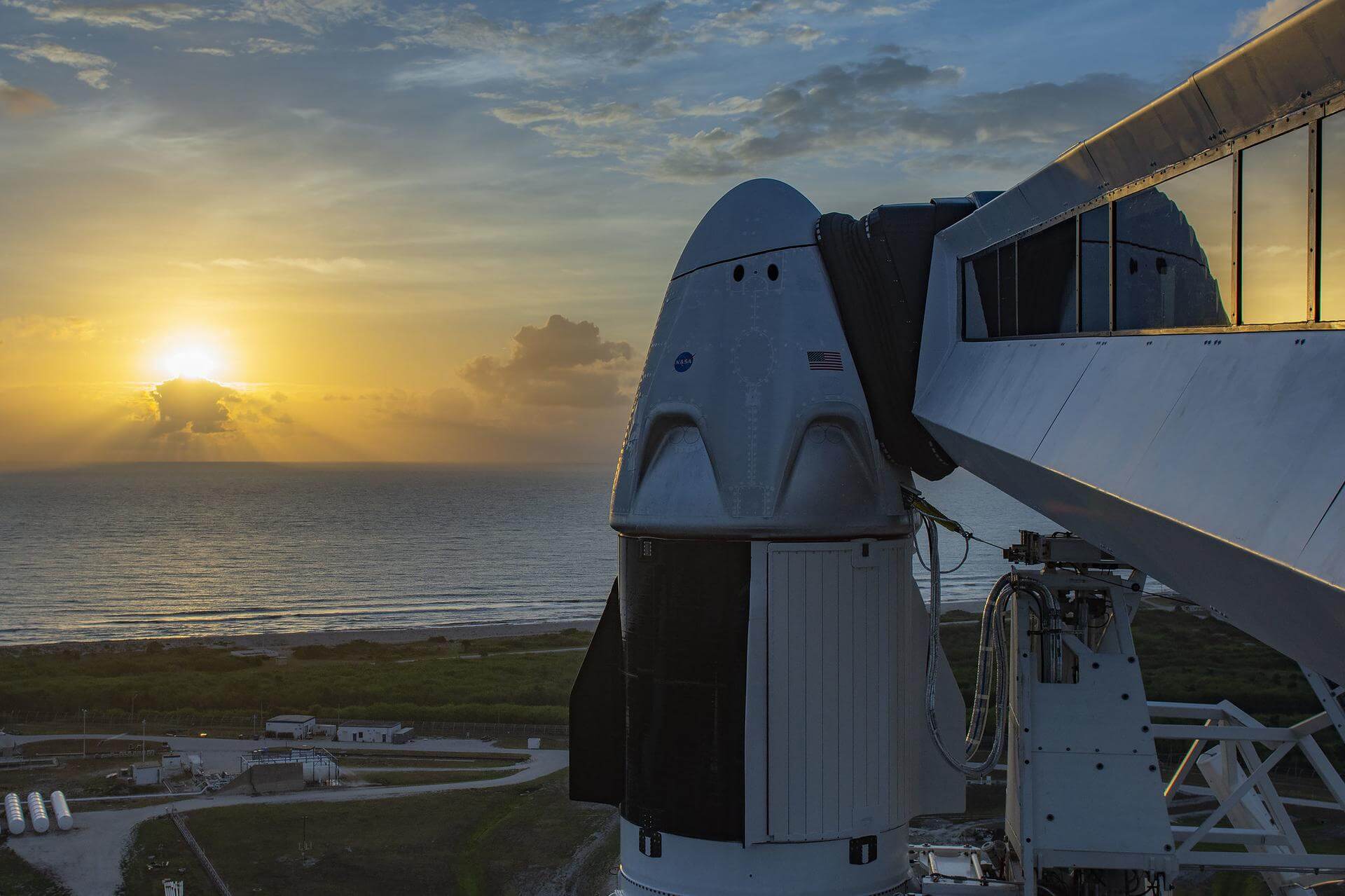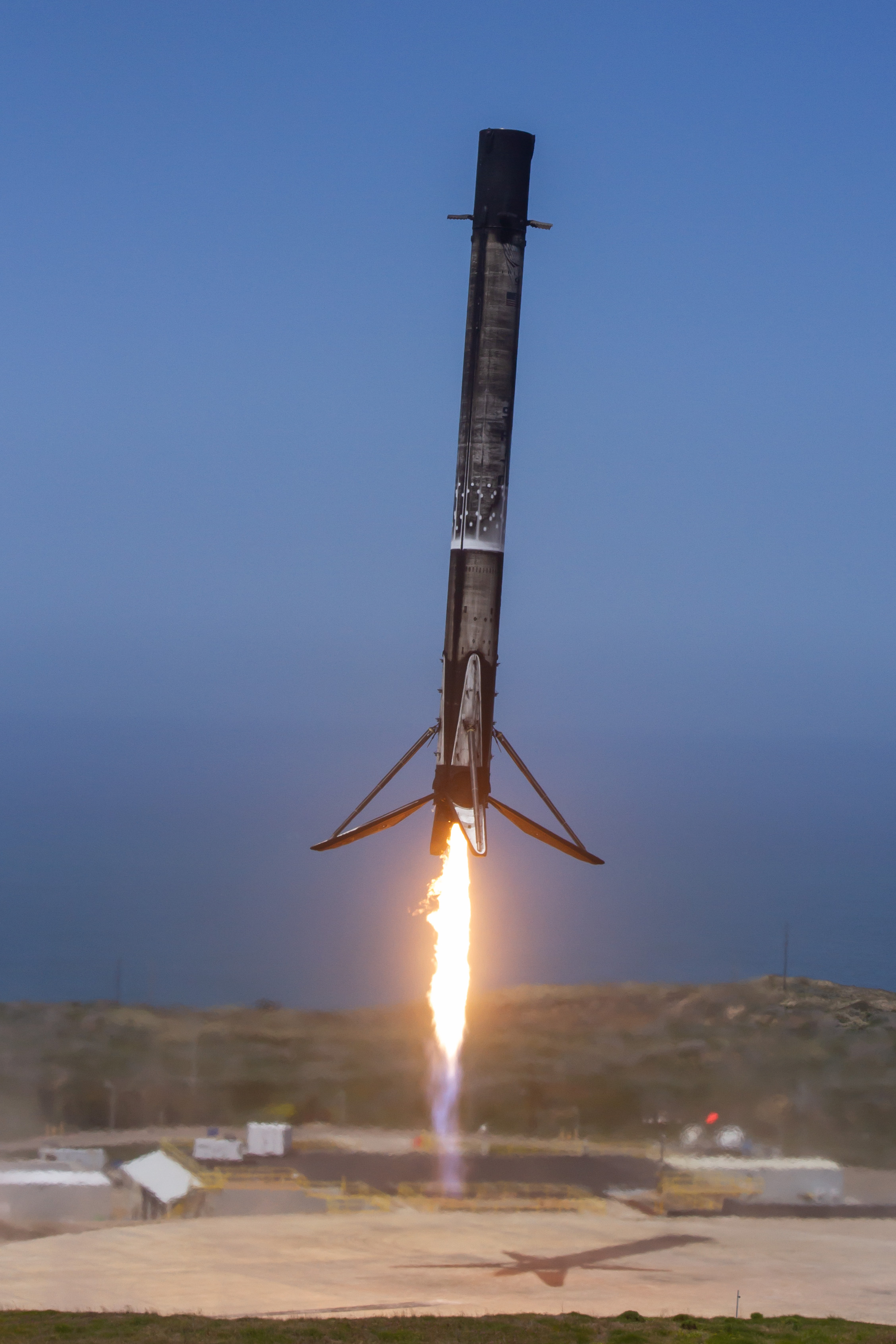
Falcon 9 - B1061
Details
Status - Expended
Booster which launched Crew-1, Crew-2 and IXPE. Expended for the launch of Hera.
Falcon 9 Block 5 | Hera
SpaceX | United States of AmericaCape Canaveral SFS, FL, USA
Oct. 7, 2024, 2:52 p.m.
Status: Launch Successful
Mission:
Hera is a space mission in development at the European Space Agency in its Space Safety program. Its primary objective is to study the Didymos binary asteroid system that was impacted by DART and contribute to validation of the kinetic impact method to deviate a near-Earth asteroid in a colliding trajectory with Earth. It will measure the size and the morphology of the crater created by and momentum transferred by an artificial projectile impacting an asteroid, which will allow measuring the efficiency of the deflection produced by the impact. It will also analyze the expanding debris cloud caused by the impact.
Asteroid B1061 - Flight Proven ( ) Atlantic OceanFalcon 9 Block 5 | Arctic Satellite Broadband Mission (ASBM)
SpaceX | United States of AmericaVandenberg SFB, CA, USA
Aug. 12, 2024, 2:02 a.m.
Status: Launch Successful
Mission:
ASBM (Arctic Satellite Broadband Mission) 1 & 2 are two twin satellites built by Northrop Grumman for Space Norway, in cooperation with Inmarsat and the Norwegian Ministry of Defence. They are designed to bring mobile broadband coverage in the Arctic for both civilians and military. The US Air Force provides the Extremely High Frequency eXtended Data Rate payloads on ASBM satellites as part of the Enhanced Polar System Recapitalization (EPS-R) program.
Elliptical Orbit B1061 - Flight Proven ( ) Of Course I Still Love YouFalcon 9 Block 5 | Starlink Group 8-8
SpaceX | United States of AmericaVandenberg SFB, CA, USA
June 8, 2024, 12:58 p.m.
Falcon 9 Block 5 | WorldView Legion 1 & 2
SpaceX | United States of AmericaVandenberg SFB, CA, USA
May 2, 2024, 6:36 p.m.
Status: Launch Successful
Mission:
WorldView Legion is a constellation of Earth observation satellites built and operated by Maxar. Constellation is planned to consist of 6 satellites in both polar and mid-inclination orbits, providing 30 cm-class resolution.
Sun-Synchronous Orbit B1061 - Flight Proven ( ) Landing Zone 4Falcon 9 Block 5 | Starlink Group 7-15
SpaceX | United States of AmericaVandenberg SFB, CA, USA
Feb. 23, 2024, 4:11 a.m.
Falcon 9 Block 5 | Starlink Group 7-10
SpaceX | United States of AmericaVandenberg SFB, CA, USA
Jan. 14, 2024, 8:59 a.m.
Falcon 9 Block 5 | 425 Project Flight 1 & rideshare
SpaceX | United States of AmericaVandenberg SFB, CA, USA
Dec. 1, 2023, 6:19 p.m.
Status: Launch Successful
Mission:
Note: Name of payload is provisional. First launch of an ultimately 5 reconnaissance satellites for the South Korean Defense Acquisition Program Administration (DAPA), with 1 satellite featuring an electro-optical infrared (EO/IR) telescope. The other 4 synthetic aperture radar (SAR) satellites are to be launched at a later date. They will be launched to low Earth orbit between 600 and 700 km by 2025, enabling South Korea’s military to observe the nuclear-armed neighbor’s key military facilities every two hours with 30-50 centimeters resolution imagery, according to a 2019 report produced by the Korea Institute of S&T Evaluation and Planning. The project is lead by the Korean Agency for Defense Development (ADD) and Korea Aerospace Research Institute (KARI), with input from Korea Aerospace Industries (KAI), Hanwha Systems and Thales Alenia Space. ESA's EIRSAT-1 is also onboard as a rideshare passenger. This 2U cubesat carries three experiments, including a novel gamma ray detector to study some of the most luminous explosions in the universe.
Sun-Synchronous Orbit B1061 - Flight Proven ( ) Landing Zone 4Falcon 9 Block 5 | Starlink Group 7-5
SpaceX | United States of AmericaVandenberg SFB, CA, USA
Oct. 21, 2023, 8:23 a.m.
Falcon 9 Block 5 | Starlink Group 7-1
SpaceX | United States of AmericaVandenberg SFB, CA, USA
Aug. 22, 2023, 9:37 a.m.
Falcon 9 Block 5 | Starlink Group 2-10
SpaceX | United States of AmericaVandenberg SFB, CA, USA
May 31, 2023, 6:02 a.m.
Falcon 9 Block 5 | Starlink Group 3-5
SpaceX | United States of AmericaVandenberg SFB, CA, USA
April 27, 2023, 1:40 p.m.
Falcon 9 Block 5 | Starlink Group 2-7
SpaceX | United States of AmericaVandenberg SFB, CA, USA
March 3, 2023, 6:38 p.m.
Falcon 9 Block 5 | EROS-C3
SpaceX | United States of AmericaVandenberg SFB, CA, USA
Dec. 30, 2022, 7:38 a.m.
Status: Launch Successful
Mission:
Israeli Earth Observation satellite with 38 cm resolution in panchromatic mode and 76 cm resolution in multi-spectral mode, covering a swath of ~12.5 km. The satellite is similar to OPTSAT-3000 built by Israel Aerospace Industries (IAI) for the Italian Defense Ministry.
Low Earth Orbit B1061 - Flight Proven ( ) Landing Zone 4Falcon 9 Block 5 | Starlink Group 3-3
SpaceX | United States of AmericaVandenberg SFB, CA, USA
Aug. 12, 2022, 9:40 p.m.
Falcon 9 Block 5 | Globalstar-2 FM15 & USA 328-331
SpaceX | United States of AmericaCape Canaveral SFS, FL, USA
June 19, 2022, 4:27 a.m.
Status: Launch Successful
Mission:
Launch carrying a spare Globalstar-2 satellite. Four other payloads were detected after deployment, after an additional payload adapter was spotted on top of the 2nd stage and unconfirmed reports of unannounced secret payload for the US government circulated.
Low Earth Orbit B1061 - Flight Proven ( ) Just Read the InstructionsFalcon 9 Block 5 | Transporter 5 (Dedicated SSO Rideshare)
SpaceX | United States of AmericaCape Canaveral SFS, FL, USA
May 25, 2022, 6:35 p.m.
Status: Launch Successful
Mission:
Transporter 5 mission is a dedicated rideshare flight to a sun-synchronous orbit with 59 cubeSats, microsats, non-deploying hosted payloads, and orbital transfer vehicles for commercial and government customers.
Sun-Synchronous Orbit B1061 - Flight Proven ( ) Landing Zone 1Falcon 9 Block 5 | Transporter 4 (Dedicated SSO Rideshare)
SpaceX | United States of AmericaCape Canaveral SFS, FL, USA
April 1, 2022, 4:24 p.m.
Status: Launch Successful
Mission:
Transporter 4 mission is a dedicated rideshare flight to a sun-synchronous orbit with dozens of small microsatellites and nanosatellites for commercial and government customers.
Sun-Synchronous Orbit B1061 - Flight Proven ( ) Just Read the InstructionsFalcon 9 Block 5 | Starlink Group 4-7
SpaceX | United States of AmericaKennedy Space Center, FL, USA
Feb. 3, 2022, 6:13 p.m.
Falcon 9 Block 5 | X-Ray Polarimetry Explorer (IXPE)
SpaceX | United States of AmericaKennedy Space Center, FL, USA
Dec. 9, 2021, 6 a.m.
Status: Launch Successful
Mission:
Imaging X-ray Polarimetry Explorer (IXPE) is a space observatory tasked with measuring the polarization of cosmic X-rays. This data will help to learn more about objects that emit these X-rays, such as black holes and neutron stars.
Low Earth Orbit B1061 - Flight Proven ( ) Just Read the InstructionsFalcon 9 Block 5 | Dragon CRS-2 SpX-23
SpaceX | United States of AmericaKennedy Space Center, FL, USA
Aug. 29, 2021, 7:14 a.m.
Status: Launch Successful
Mission:
SpaceX will launch the cargo variant of its Dragon 2 spacecraft on their 23rd commercial resupply services mission to the International Space Station. The flight will be conducted under the second Commercial Resupply Services contract with NASA. Dragon will be filled with supplies and payloads, including critical materials to directly support science and research investigations that occur onboard the orbiting laboratory.
Low Earth Orbit B1061 - Flight Proven ( ) A Shortfall of GravitasFalcon 9 Block 5 | Sirius SXM-8
SpaceX | United States of AmericaCape Canaveral SFS, FL, USA
June 6, 2021, 4:26 a.m.
Status: Launch Successful
Mission:
SXM-8 is a large high power broadcasting satellite for SiriusXM's digital audio radio service (DARS). Space Systems/Loral (SS/L) got in July 2016 the contract to build the two satellites based on their SSL-1300 bus - SXM-7 and SXM-8. Satellite design operates in the S-band spectrum. Each satellite will generate more than 20-kW of power and will have a large unfurlable antenna reflector, which enables broadcast to radios without the need for large dish-type antennas on the ground. SXM-8 is meant to replace the XM-4 satellite. SXM-7 was meant to replace the XM-3, but suffered a failure in orbit 6 weeks after its launch.
Geostationary Transfer Orbit B1061 - Flight Proven ( ) Just Read the InstructionsFalcon 9 Block 5 | Crew-2
SpaceX | United States of AmericaKennedy Space Center, FL, USA
April 23, 2021, 9:49 a.m.
Status: Launch Successful
Mission:
SpaceX Crew-2 is the second crewed operational flight of a Crew Dragon spacecraft to the International Space Station as part of NASA's Commercial Crew Program. It used the same Falcon 9 first stage as the Crew-1 mission and the same Crew Dragon capsule as the Demo-2 mission (Endeavour).
Low Earth Orbit B1061 - Flight Proven ( ) Of Course I Still Love YouFalcon 9 Block 5 | Crew-1
SpaceX | United States of AmericaKennedy Space Center, FL, USA
Nov. 16, 2020, 12:27 a.m.
Long March 3B/E
Fengyun-4C
Launch Complex 2 (LC-2) - Xichang Satellite Launch Center, People's Republic of ChinaChina's geostationary meteorological satellite program FY-4 (Feng Yun 4) is the second generation of chinese geostationary meteorological satellites.
Long March 8A
SatNet LEO Group 17
Commercial LC-1 - Wenchang Space Launch Site, People's Republic of ChinaA batch of 9 Low Earth Orbit communication satellites for the Chinese state owned SatNet constellation operated by the China Satellite Network Group.…
Soyuz 2.1a
Obzor-R No.1
43/4 (43R) - Plesetsk Cosmodrome, Russian FederationNote: Assignment of payloads to this launch is uncertain. The Russian Obzor-R satellite is a planned X-band radar earth observation satellite desi…
LVM-3 (GSLV Mk III)
BlueBird Block 2 #1
Satish Dhawan Space Centre Second Launch Pad - Satish Dhawan Space Centre, IndiaAST SpaceMobile’s Block 2 BlueBird satellites are designed to deliver up to 10 times the bandwidth capacity of the BlueBird Block 1 satellites, requi…
Long March 12A
Demo Flight
Long March 12A Pad - Jiuquan Satellite Launch Center, People's Republic of ChinaFirst test launch of CASC/SAST’s Long March 12A rocket, with a dummy payload. The rocket’s 1st stage attempted to land on a landing pad about 300 km …
